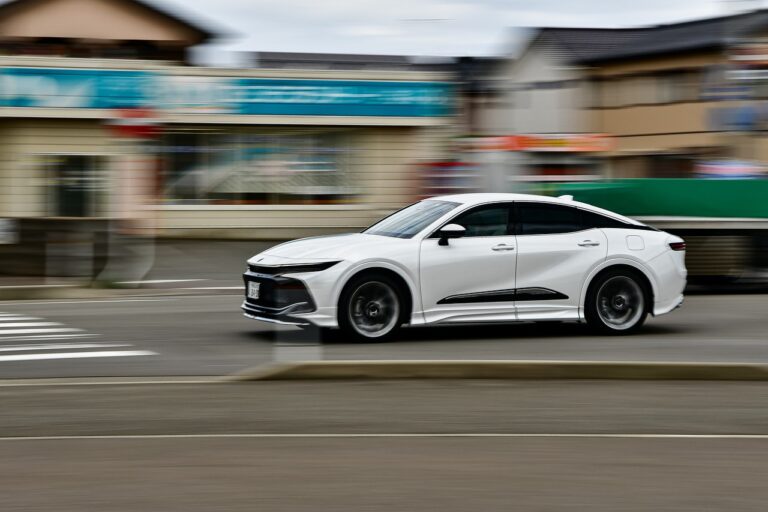The Role of Robotics in Automotive Manufacturing Processes
Robots have revolutionized the landscape of automotive manufacturing by streamlining production processes, improving efficiency, and ensuring precision in tasks that were once performed by human workers. This evolution has seen the integration of a variety of robotic technologies into assembly lines, transforming the way vehicles are manufactured.
From the early days of robotic arms performing repetitive tasks to the sophisticated autonomous robots of today that can handle complex operations with agility and accuracy, the evolution of robotics in automotive manufacturing has been a testament to technological advancements in the industry. With the adoption of artificial intelligence and machine learning, robots are now capable of learning from their interactions and continuously improving their performance, leading to higher quality products and increased productivity on the production floor.
Advantages of Implementing Robotics in Automotive Production
In the realm of automotive production, the incorporation of robotics has brought about a myriad of benefits. One of the key advantages is the enhanced precision and accuracy achieved through the use of robotic systems. Robots are capable of performing repetitive tasks with unmatched consistency, reducing the margin of error in manufacturing processes and ensuring that each component is produced to exact specifications.
Furthermore, the introduction of robotics in automotive production has significantly improved efficiency and productivity in manufacturing plants. Robots can work around the clock without fatigue or the need for breaks, ultimately leading to increased output and streamlined operations. This heightened efficiency not only speeds up production timelines but also results in cost savings for manufacturers in the long run.
Types of Robotics Used in Automotive Manufacturing
Robots play a crucial role in the automotive manufacturing process, enhancing efficiency and precision. Industrial robots are commonly used in tasks such as welding, painting, assembling, and material handling. These robots are equipped with sensors and controllers to accurately perform their designated functions on the assembly line. Collaborative robots, or cobots, are also being increasingly utilized in automotive manufacturing to work alongside human operators and improve productivity.
Another type of robotics frequently employed in automotive manufacturing is autonomous mobile robots (AMRs). These robots navigate the factory floor autonomously, transporting materials and components between different workstations. Unlike traditional fixed robots, AMRs are flexible and can be easily reprogrammed to adapt to changing production needs. With advancements in technology, the use of AMRs in automotive manufacturing is expected to further streamline operations and increase efficiency in the future.
What are some common types of robotics used in automotive manufacturing?
Some common types of robotics used in automotive manufacturing include articulated robots, SCARA robots, delta robots, and collaborative robots.
How have robotics evolved in automotive manufacturing?
Robotics in automotive manufacturing have evolved from simple pick-and-place tasks to more complex applications such as welding, painting, and assembly.
What are the advantages of implementing robotics in automotive production?
Implementing robotics in automotive production can lead to increased efficiency, improved quality, reduced labor costs, enhanced worker safety, and greater flexibility in production processes.
Are there any downsides to using robotics in automotive manufacturing?
While there are many advantages to using robotics in automotive manufacturing, some potential downsides include high initial costs, the need for specialized training for maintenance and programming, and the potential for job displacement.
How do collaborative robots differ from traditional industrial robots?
Collaborative robots, also known as cobots, are designed to work alongside human workers in a shared workspace. They are equipped with sensors and other safety features to ensure safe interaction with humans, whereas traditional industrial robots are typically caged off from human workers.







